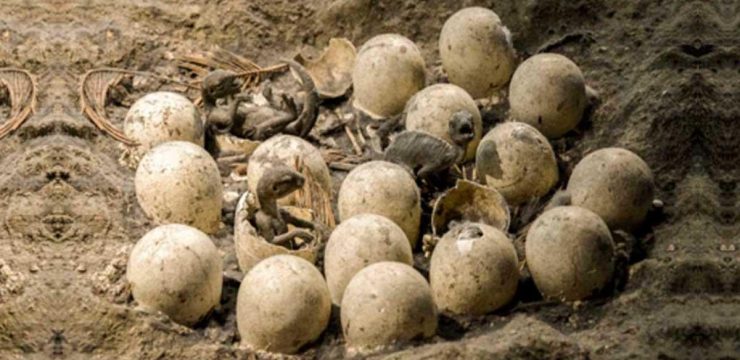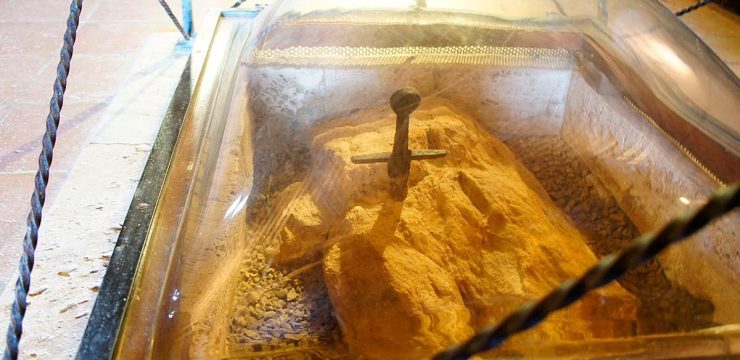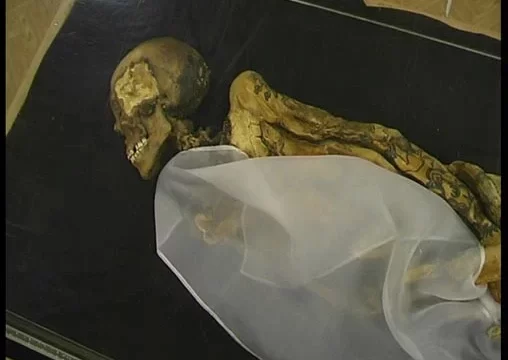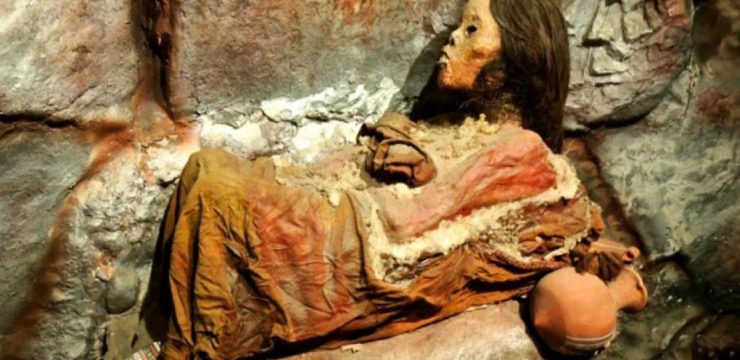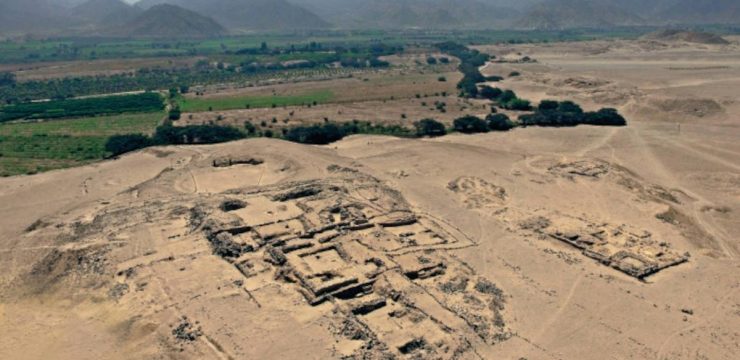In a groundbreaking revelation that has sent shockwaves through the scientific world, researchers have uncovered new evidence that fundamentally alters our understanding of human origins. Fossils discovered in South Africa’s renowned Sterkfontein Caves are now confirmed to be a staggering million years older than previously estimated. This discovery does not simply refine our knowledge of early human history—it completely reshapes the evolutionary timeline, forcing scientists to rethink long-held theories about our ancestors.
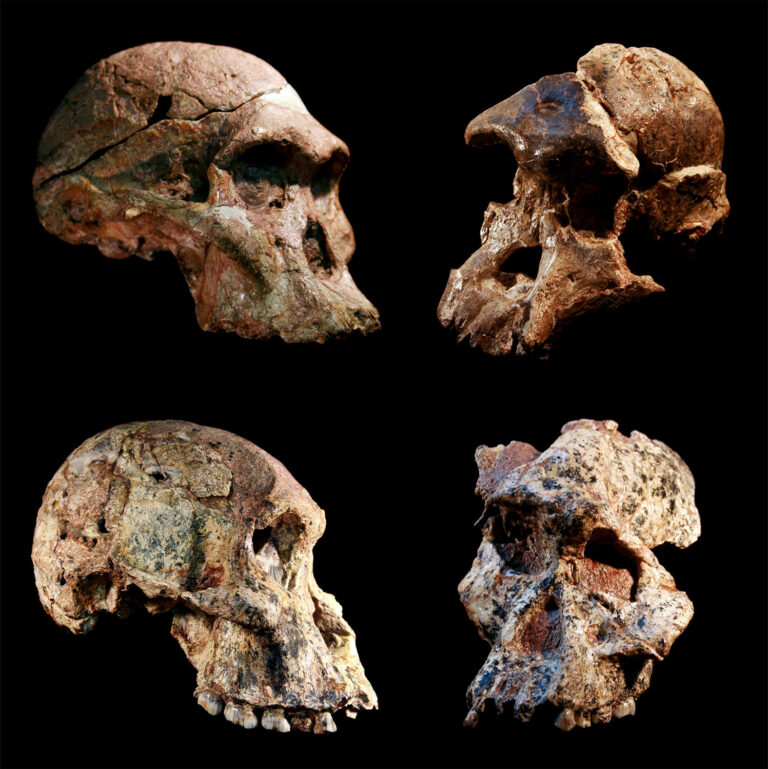
For decades, the Sterkfontein Caves, located approximately 30 miles northwest of Johannesburg, have been regarded as one of the most significant archaeological sites in the world. This UNESCO World Heritage Site has yielded an unparalleled wealth of early hominin fossils, providing researchers with invaluable insights into human evolution and the environmental conditions that shaped it. Since the first major discovery in the 1930s, the site has continuously contributed to our understanding of ancient species, their adaptations, and their eventual transition toward more advanced forms of early humans.
The latest breakthrough comes from a team of scientists led by Professor Darryl Granger from Purdue University. By employing a revolutionary dating technique utilizing cosmogenic nuclides, the team has been able to more accurately determine the age of both the sediments and the fossils within the caves. This method represents a significant departure from traditional dating techniques, which have long struggled to provide precise timelines for fossils found in complex cave systems. Previous estimations placed the fossils at around 2.6 million years old, but this new analysis reveals that they actually date back between 3.4 and 3.6 million years—making them significantly older than one of the most famous early hominin fossils, Lucy, discovered in Ethiopia.
This discovery has far-reaching implications for our understanding of human evolution. Lucy, an Australopithecus afarensis specimen found in Ethiopia’s Afar region in 1974, was previously considered one of the oldest and most important links in the evolutionary chain leading to modern humans. However, with the Sterkfontein fossils now pre-dating Lucy by a full million years, scientists must reconsider the established theories regarding the overlap between Australopithecines and the emergence of the Homo genus. It suggests that our lineage may have a far deeper history than previously believed and that Australopithecus species in South Africa may have played a much larger role in early human evolution than was previously acknowledged.
This revelation has also reignited a long-standing debate regarding the geographical focal points of early human development. For many years, East Africa has been considered the epicenter of human evolution, largely due to the numerous significant fossil discoveries made in Ethiopia, Kenya, and Tanzania. However, these latest findings bolster the argument that South Africa was also a crucial site in this evolutionary process. Professor Dominic Stratford, the study’s co-author and the director of research at the Sterkfontein Caves, emphasizes the importance of these findings, stating that they “reopen discussion about the role of the South African species in later hominins such as Paranthropus.”
What makes this discovery particularly exciting is its potential to reshape how we understand the diversification of early hominins across Africa. If South African Australopiths evolved independently over a longer period, it challenges the idea of a single evolutionary hotspot and instead suggests a more complex, multi-regional evolutionary process. This could mean that different hominin species were evolving in separate parts of Africa simultaneously, potentially leading to greater diversity and a wider array of evolutionary adaptations than previously assumed.
The implications of this discovery extend beyond paleoanthropology and into broader discussions about how human evolution is studied. The use of cosmogenic nuclide dating in the Sterkfontein Caves marks a major advancement in archaeological science, offering a more accurate means of dating fossils in environments where traditional methods fall short. By measuring isotopes formed through cosmic ray exposure, scientists can establish the age of buried sediments with remarkable precision, helping to clarify the historical record of human evolution. This technology may pave the way for further groundbreaking discoveries in other fossil-rich regions around the world.
The Sterkfontein Caves have long been regarded as a treasure trove of ancient history, but this latest revelation solidifies their importance on an entirely new level. The site first gained international attention in 1936 when Dr. Robert Broom unearthed the first adult Australopithecus fossil, a discovery that marked a turning point in paleoanthropology. Since then, the caves have continued to yield an extraordinary number of early hominin fossils, making them one of the richest sources of ancient human ancestry on the planet. With this new dating analysis, the site’s significance has only grown, reinforcing its position as an essential piece of the puzzle in our quest to understand human origins.
As research continues, scientists are eager to explore what this new timeline means for the broader evolutionary narrative. The idea that South Africa played a more prominent role in early human history than previously thought opens up an exciting frontier for further study. Could there be additional undiscovered fossils in the region that might offer even more clues about our ancestors? Are there other sites that, once reexamined using modern dating techniques, could further rewrite our understanding of where we come from? These are just a few of the questions that have been sparked by this monumental discovery.
This breakthrough is a reminder of how dynamic and ever-evolving the field of archaeology is. Our understanding of human origins is far from static—it is a constantly shifting and growing body of knowledge, shaped by new evidence, technological advancements, and innovative methodologies. The discovery in the Sterkfontein Caves is not just a significant finding for the scientific community; it is a testament to the ongoing pursuit of knowledge about our ancient past.
In conclusion, this revelation has opened up a thrilling new chapter in the study of human evolution. The confirmation that South African Australopithecus fossils are a million years older than previously thought fundamentally shifts our perspective on early human history. It challenges existing theories, expands our understanding of the evolutionary timeline, and highlights the need for continued exploration and reassessment of fossil sites around the world. The Sterkfontein Caves, once again, have proven to be an invaluable key to unlocking the mysteries of our origins, taking us one step closer to uncovering the full story of where we came from and how we became who we are today.
